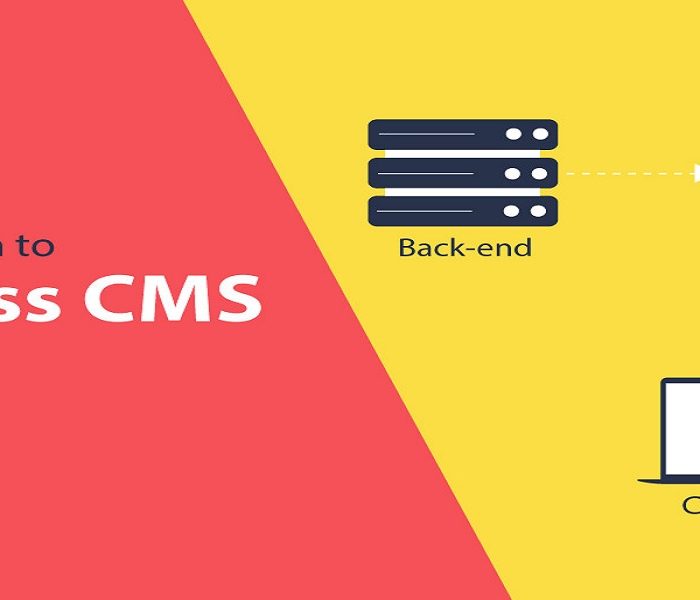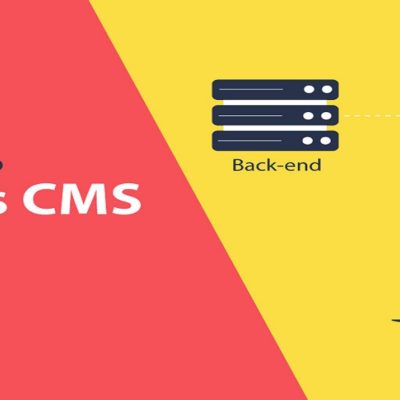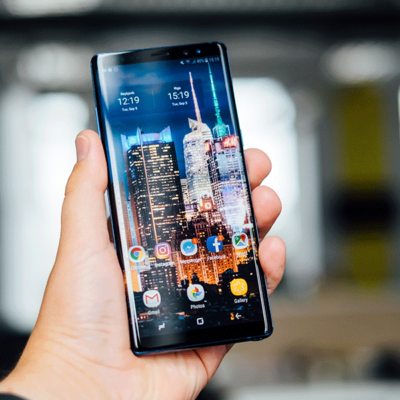
Why WordPress Site Speed Matters
When visitors Stackground land on your website for the first time, you just have a few seconds to grab their attention and persuade them to stay. If your site takes too long to load, most visitors will leave it before you even get an opportunity to engage them.
Another addition to it is that Google’s ranking algorithm takes website speed into account. That means that your site’s performance has an impact on SEO, so if your site is slow, you’ll lose visitors due to impatience and see a drop in search engine results.
How To Speed Up WordPress:
Choose a good host
The stress of your site falling after a major feature is enough to cause a few grey hairs to sprout: don’t be a victim, invest in proper hosting.
Start with a solid framework/theme
That’s because they keep the “guts” simple; in contrast, bloated frameworks with hundreds of features you will never use will slow your site to a crawl. The Focus Theme Framework, particularly the new Focus skin, is without a doubt the quickest loading premium framework.
It is significantly easier to customize than the headless WordPress themes. It is a rock-solid framework that won’t drag you down with unnecessary plugins or customizations.
Use an effective caching plugin
WordPress plugins also suitable for headless WordPress websites are quite useful, but some of the greatest falls into the caching category, as they significantly reduce page load times, and best of all, they are all free and simple to use on WordPress.org.
Use a content delivery network (CDN)
A CDN, or content delivery network, takes all of your static assets (CSS, Javascript, and graphics, for example) and serves them on servers as close to your visitors as feasible, allowing users to download them as quickly as possible.
Optimize images (automatically)
Smush, a Yahoo! image optimizer, is available. It will significantly reduce the file size of a photograph without sacrificing quality. Fortunately, there is a fantastic, free plugin called WP-SmushIt that will automatically do this process on all of your images as you upload them. There’s no reason not to put this one in.
Optimize your homepage to load quickly
This is not just one thing; there are a few simple things you can do to guarantee that your homepage opens quickly, which is probably the most crucial portion of your site because it’s where most users will land.
Things that you can do include:
- Instead of entire postings, show excerpts.
- Reducing the number of posts on the page is a good idea.
- Remove any sharing widgets that aren’t needed from the home page.
- Remove any plugins or widgets that aren’t in use.
- Keep it simple! Readers aren’t looking for 8,000 widgets on the site; they’re looking for substance.
Optimize your WordPress database
The WP-DB Manager plugin, which allows you to schedule database optimization dates.
Disable hotlinking and leeching of your content
Hotlinking is a type of bandwidth thievery. It occurs when other websites include direct links to your site’s photographs in their articles, increasing the demand on your server.
Add an expires header to static resources
An Expires header specifies a date long enough in the future for clients (browsers) to avoid having to re-fetch static content (such as CSS file, javascript, images, etc). This method can considerably reduce the time it takes for your regular consumers to load your website.
Add LazyLoad to your images
LazyLoad is the process of having the images above the fold load (i.e. only the images visible in the visitor’s browser window), then the remaining images begin to load just before they come into view when the reader scrolls down. This will not only make your sites load faster, but it will also conserve bandwidth by loading less data for users who do not scroll down.
Turn off pingbacks and trackbacks
WordPress interacts with other blogs that have pingbacks and trackbacks by default. Maintain your headless WordPress website easily with WP admin panel. When another blog mentions you, your site is notified, and the data on the post is updated. Turning this off will not damage your site’s backlinks, but it will disable an option that causes a lot of effort for it.










